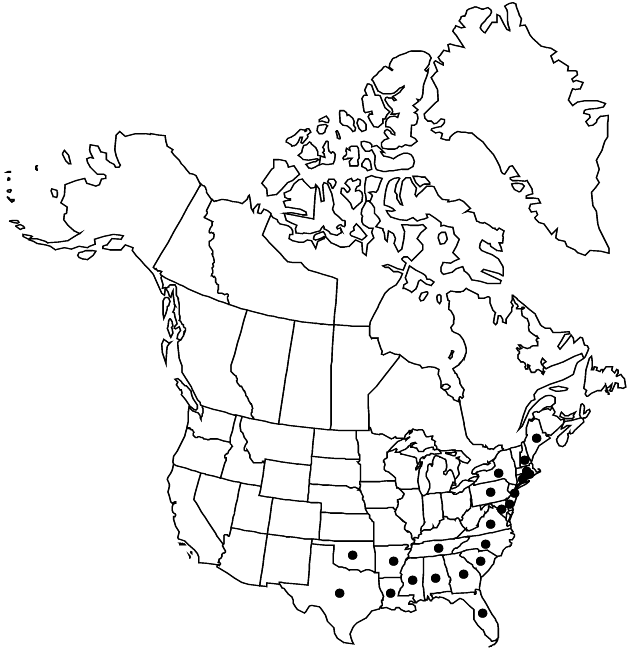Cirsium horridulum
Fl. Bor.-Amer. 2: 90. 1803.
Biennials or perennials, (± fleshy), 15–250 cm; stout taproots and a fascicle of fleshy lateral roots, often perennating by root sprouts. Stems 1–several, usually erect, often stout, glabrous to densely tomentose; branches 0–many, spreading to ascending, short, stout. Leaves: blades linear to oblanceolate or oblong-elliptic, 10–40 × 2–10 cm, unlobed and spiny-dentate to deeply pinnatifid, lobes spiny-dentate or coarsely lobed, main spines stout, 5–30 mm, abaxial faces subglabrous to loosely tomentose, adaxial glabrous to ± densely villous with septate trichomes; basal present at flowering, spiny winged-petiolate, bases often tapered; principal cauline sessile, well distributed, often not much reduced distally, bases often ± auriculate-clasping; distal cauline often spinier than the proximal. Heads 1–20 in subcapitate to corymbiform arrays (each closely subtended by an involucre-like ring of spiny-margined bracts). Peduncles 0–5 cm. Involucres hemispheric to campanulate, 3–5 × 3–8 cm. Phyllaries in 5–9 series, subequal to imbricate, light green to stramineous, lanceolate to linear, distally often with reddish margins, abaxial faces without glutinous ridge, often ± thinly tomentose, often scabridulous in submarginal bands; outer and middle appressed-ascending, bodies usually reddish-tinged, margins setulose-ciliolate, apices acuminate, spines 1–2 mm, weak; apices of inner straight, flat. Corollas white to yellow, pink, purple, or red, 30–47 mm, tubes 11–30 mm, throats 6–10 mm, lobes 7–10 mm; style tips 3–5 mm. Cypselae straw-colored to tan, 4–6 mm, apical collars weakly differentiated; pappi 25–35 mm. 2n = 32, 33, 34, 35.
Distribution

e United States, Mexico.
Discussion
Varieties 4 (3 in the flora).
Although several variants have been given taxonomic recognition as species, these seem at most races. Flower color varies greatly, sometimes within populations and sometimes on a populational or regional basis. Herbarium specimens are sometimes difficult to assign to variety.
Selected References
None.
Lower Taxa
Key
| 1 | Stems densely tomentose; involucres ± densely tomentose | Cirsium horridulum var. horridulum |
| 1 | Stems glabrous or sparsely tomentose; involucres glabrous | > 2 |
| 2 | Leaves shallowly to deeply pinnatifid, main spines 10–30 mm | Cirsium horridulum var. megacanthum |
| 2 | Leaves spinose-dentate to shallowly pinnatifid, main spines mostly 5–10 mm | Cirsium horridulum var. vittatum |